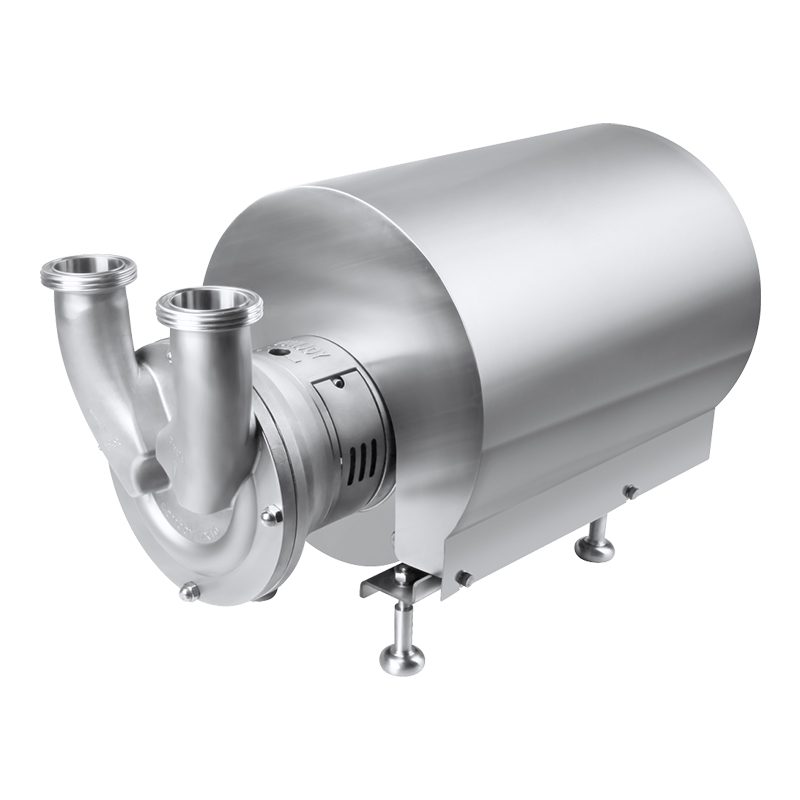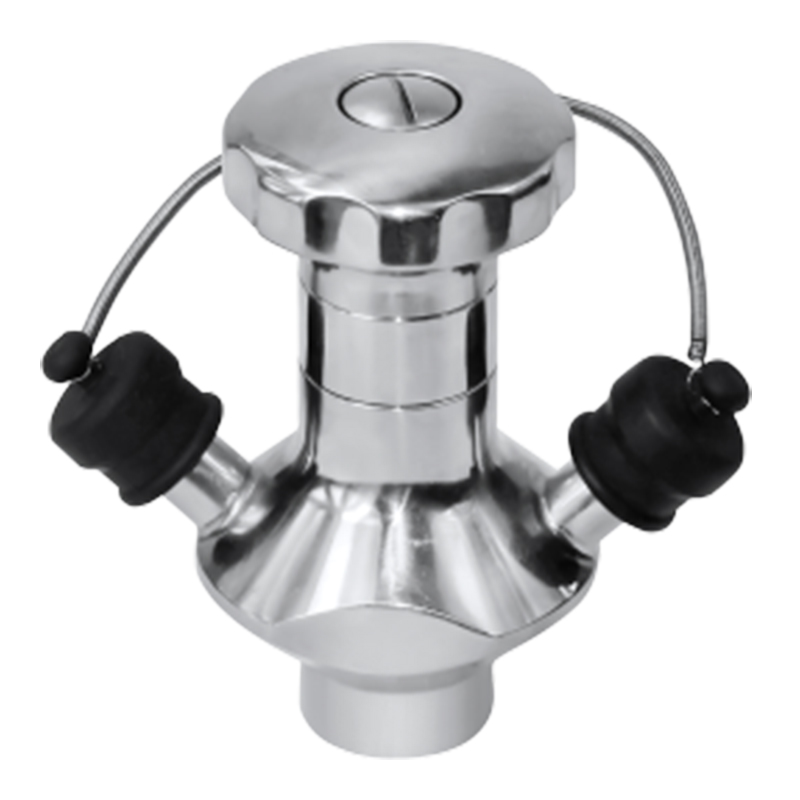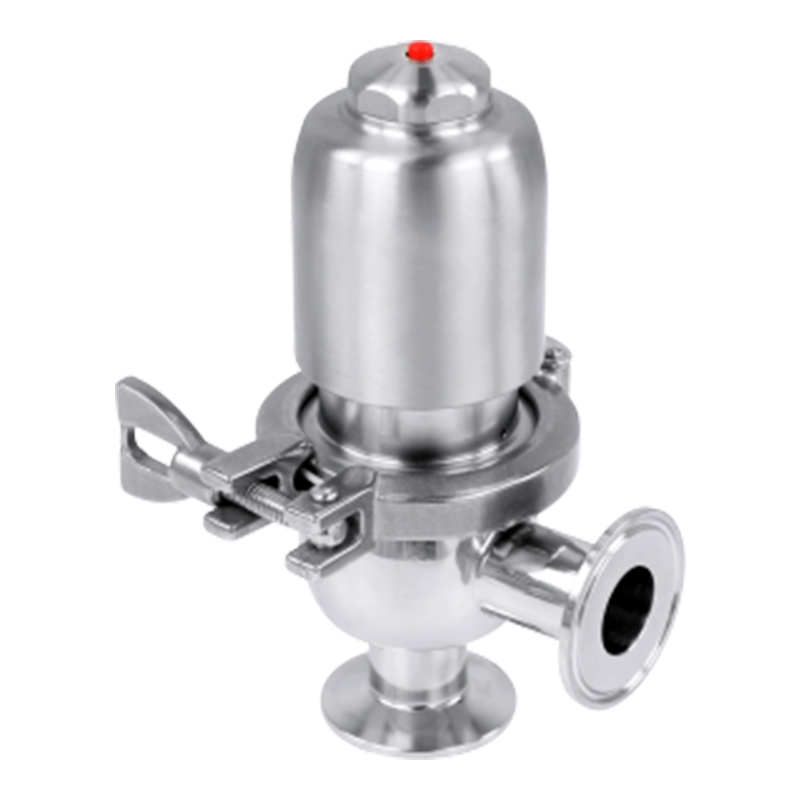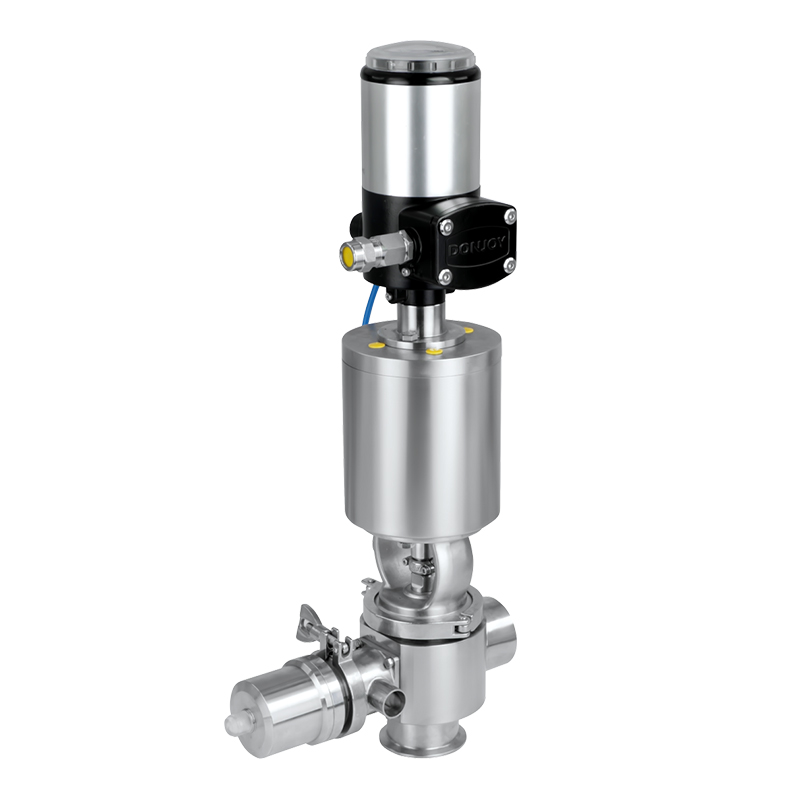A sine pump, a peristaltic pump with a sinusoidal rotor, is a positive - displacement pump for gentle and efficient fluid (liquid or slurry) transfer. The rotor's sinusoidal shape compresses a flexible hose/tube to move the fluid.
Rotor - Hose/Tube Interaction: The sinusoidal rotor's rotation squeezes the hose/tube, pushing the fluid forward. In a single - lobe model, it creates peristaltic motion like in the digestive tract.
Fluid Movement and Sealing: The design ensures continuous flow. As the rotor turns, new hose sections are compressed. The uncompressed hose parts act as seals due to flexibility, preventing backflow. In lab - grade pumps for reagent dispensing, this ensures accurate fluid delivery.
Sinusoidal Rotor: Made of stainless steel or polymer, its shape allows efficient, gentle compression. Lobes vary; single - lobe has simple motion, multi - lobe more complex. It may have a friction - reducing coating.
Flexible Hose/Tube: Made of materials like silicone, elastomers, or fluoropolymers based on the fluid. It must be flexible, chemically resistant, and able to withstand repeated compression without damage.
Drive Mechanism: Usually an electric motor for rotor rotation, with controllable speed for flow regulation. A gearbox may be used. Couplings and shafts transmit motion.
Housing: Made of metal or plastic, it protects components, has hose/tube openings, and supports and aligns other parts. It may have mounting or integration features.
Gentle Handling: The rotor's peristaltic action is gentle, ideal for shear - sensitive fluids like biological samples or those with delicate particles. In pharma, it won't damage drug ingredients.
High - Precision Flow Control: Flow rate is precisely controlled by adjusting rotor speed, useful for precise fluid dosing in labs. It allows easy adjustment.
Self - Priming and Dry - Running: Self - priming, it can draw fluid without external help. It can tolerate some dry - running, but long - term is not good as it can cause wear.
Contamination - Free: Fluid only contacts the hose/tube inside (except rupture), reducing contamination, important in food, biotech, and pharma.
Limited Pressure Capacity: It has lower pressure - handling than some pumps. The peristaltic action and hose design limit pressure. It may not be suitable for high - pressure applications, and the hose may burst.
Hose Wear: The hose wears from rotor compression, may crack, lose elasticity, or rupture. Regular inspection and replacement are needed, which can be costly and time - consuming, especially with continuous use.
Lower Efficiency at High Flow Rates: At high flow rates, it may have lower efficiency due to energy losses from peristaltic action and rotor - hose interaction. It's not the best for large - scale, high - efficiency pumping.





According to ASME BPE, EHEDG, FDA and 3A standard, DONJOY got certificates of PED-97/23/EC and MD-06/42/EC issued by TUV, ……